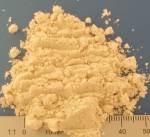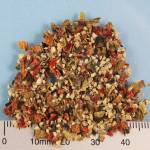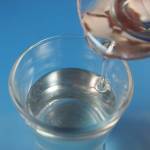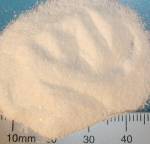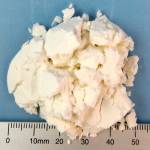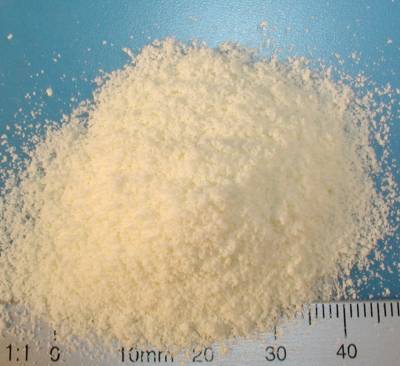
Organic lactose (=milk sugar)
Organic lactose is made from concentrated and crystallised organic whey by decantation, washing and drying. BIO lactose (milk sugar = lactose) - milk powder - is made from the whey of milk from organic farming. Lactose is a disaccharide (= two sugars) and consists of the two sugars galactose and glucose, it has about 20% of the sweetening power of sucrose (= organic sugar white, beet sugar). In foods, it improves the appearance and taste of dishes. It also serves as a carrier for flavors and flavor enhancers. In frozen products, it is used to improve texture and also provides a creamy consistency in a wide range of products.
Your recipes will benefit from the creamy taste and good solubility of our organic lactose.
Benefits
- gives energy and creamy taste
- easily soluble and free flowing
Fields of Application
spice blends baby food bakery products pastries
Packaging
multi layer paper bag with PE inner bag, 25 kg, 750 kg/palette
Application
Organic lactose (=milk sugar)
Lactose is the type of sugar that occurs naturally in the breast milk of almost all mammals. However, the content of lactose varies. For example, it is present in cow's milk at 4.5-5.0 g/100 g lactose, while human milk contains about 7 g/100 g lactose.
As already mentioned, lactose consists of the two sugars galactose and glucose. This disaccharide is mainly found in milk and dairy products. Because of its many uses, it is also used in products in which it would not be expected.
In sausage products, for example, it is often used as a flavor enhancer and as a carrier substance for flavors. In baked goods, it increases volume and helps make bread and pastries fluffy, soft and plump. Lactose has a high water-binding capacity and causes increased firmness. In foods that need to get a brown color, lactose helps to create a browned appearance (e.g. in fried potato products). In pharmaceuticals it is also used as a carrier substance. Here, lactose helps to distribute the active ingredients in drugs well. The amount used for this purpose is negligible even if one suffers from lactose intolerance.
What is lactose intolerance?
A lot of people or whole population groups suffer from lactose intolerance. The background is that they lack the enzyme lactase or their body produces it only in very small quantities. Lactase is responsible in the body for splitting the existing lactose into glucose and galactose. This normally takes place in the small intestine. If lactase is missing, this leads to complaints in the gastrointestinal tract. As a baby, everyone produces enough lactase to be able to digest breast milk. However, production decreases with advancing age. In a large proportion of Europeans, this decrease occurs very slowly and by the age of around 60, most people in Europe are lactose intolerant. People of Asian descent in particular no longer produce lactase in adulthood, which is why lactose intolerance is the norm there.
For people with lactose intolerance, there are now many foods that are labeled lactose-free. However, there are also some dairy products that have a low lactose content due to the natural ripening process. These can then be incorporated normally into the diet without having to fear symptoms. Hard and semi-hard cheeses, for example, are better tolerated by people with lactose intolerance due to their storage period. Products with a lactose content of less than 0.1g/100g may be labeled as almost lactose-free foods.
What is lactose monohydrate?
This lactose is a monohydrate. There is also anhydrous lactose, but this is used much less than the common monohydrate lactose. Briefly by way of explanation, monohydrate means that there is one water molecule in the chemical composition.



